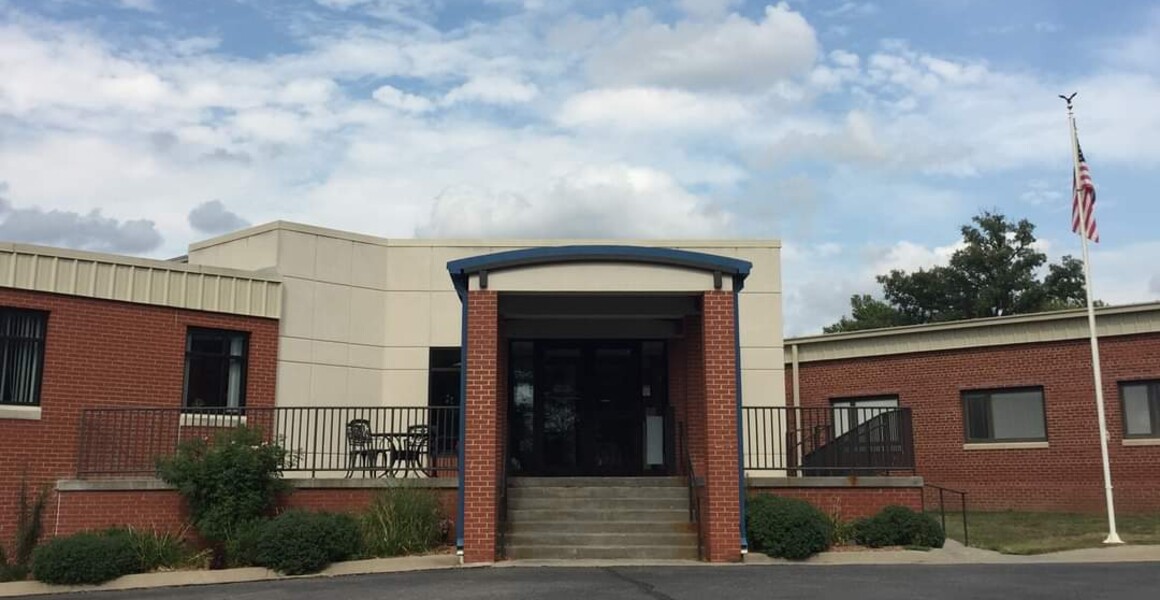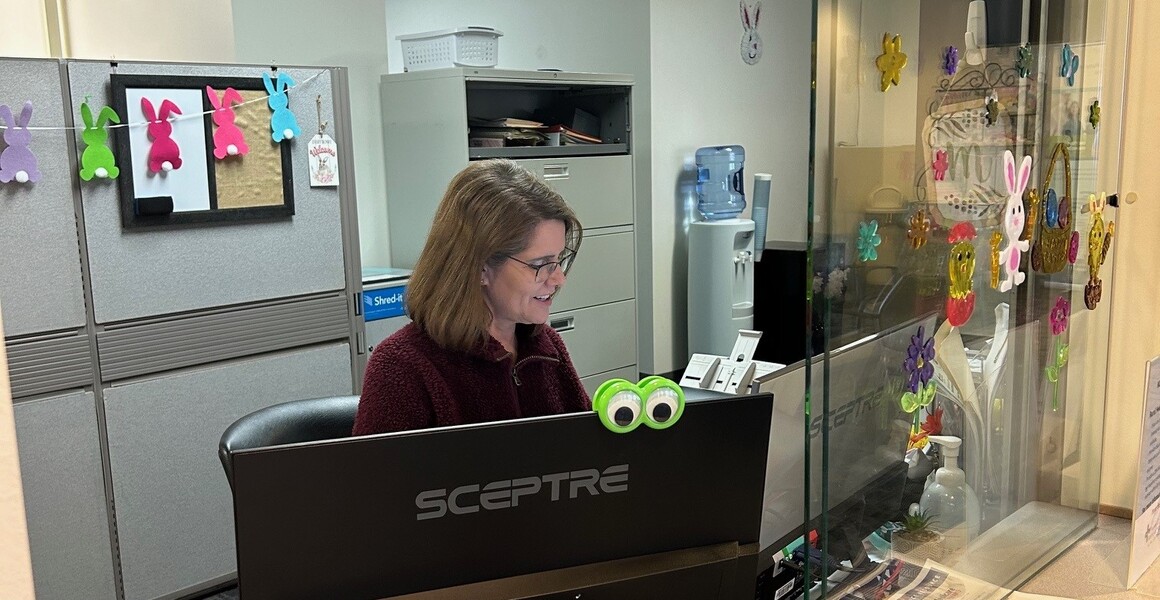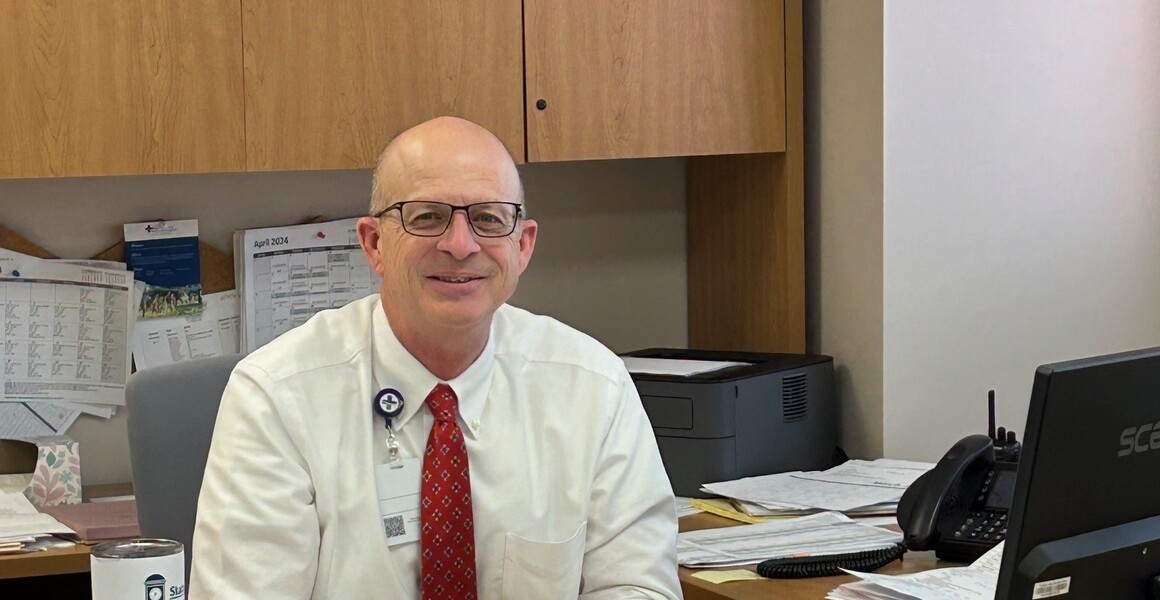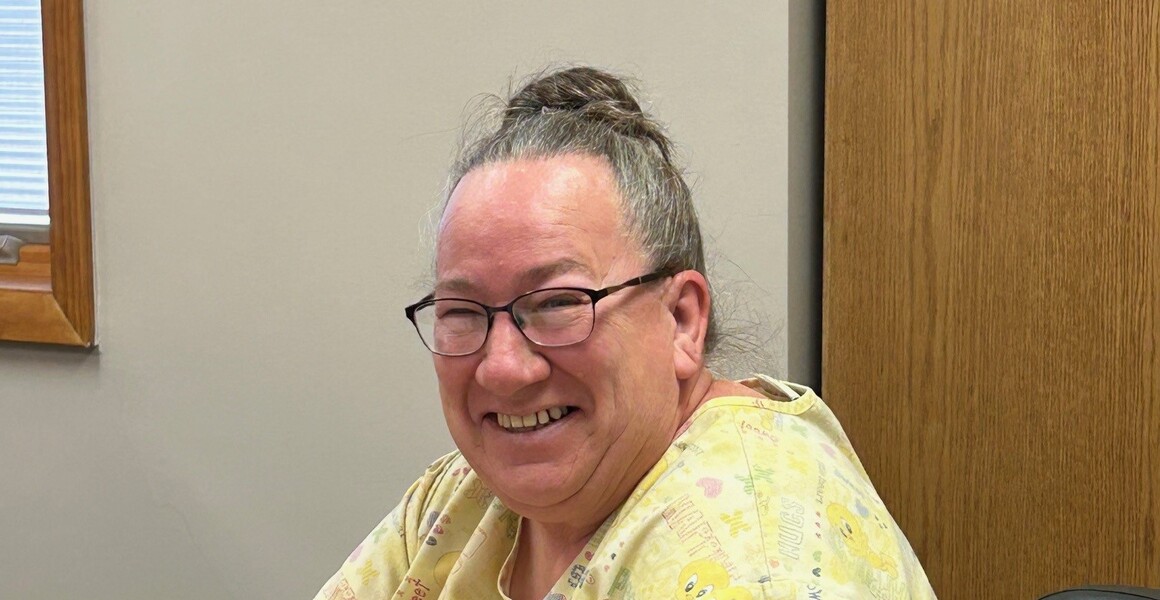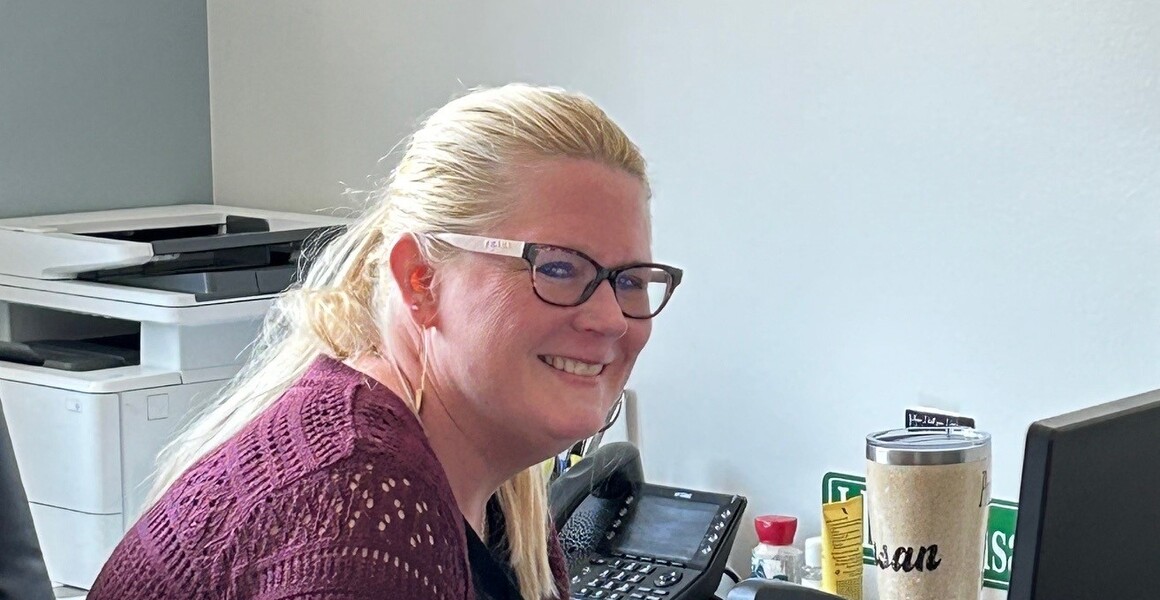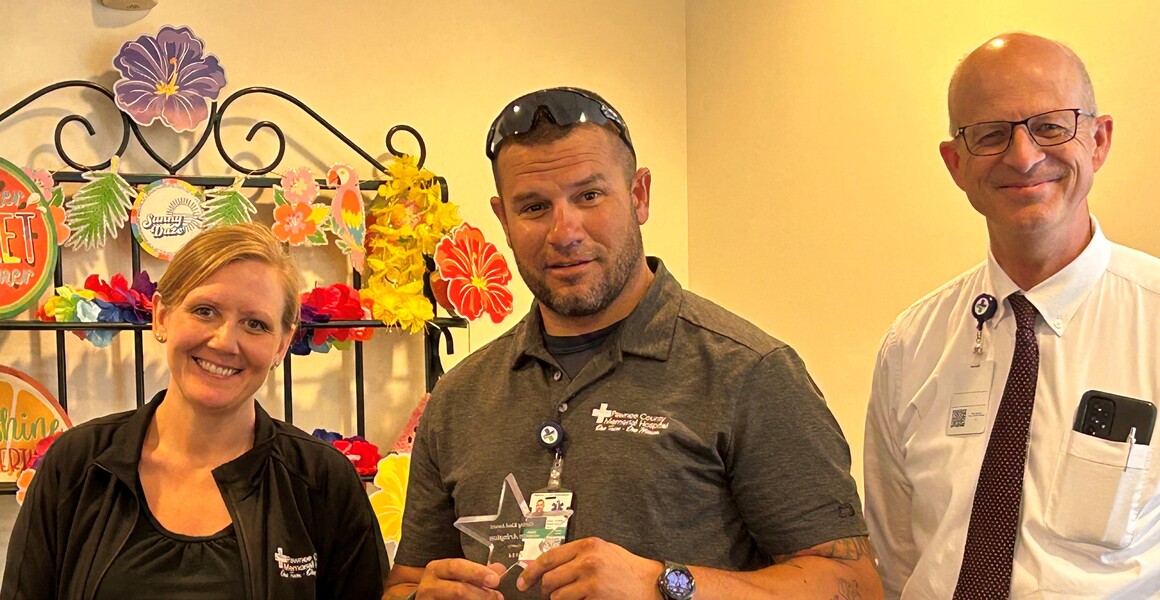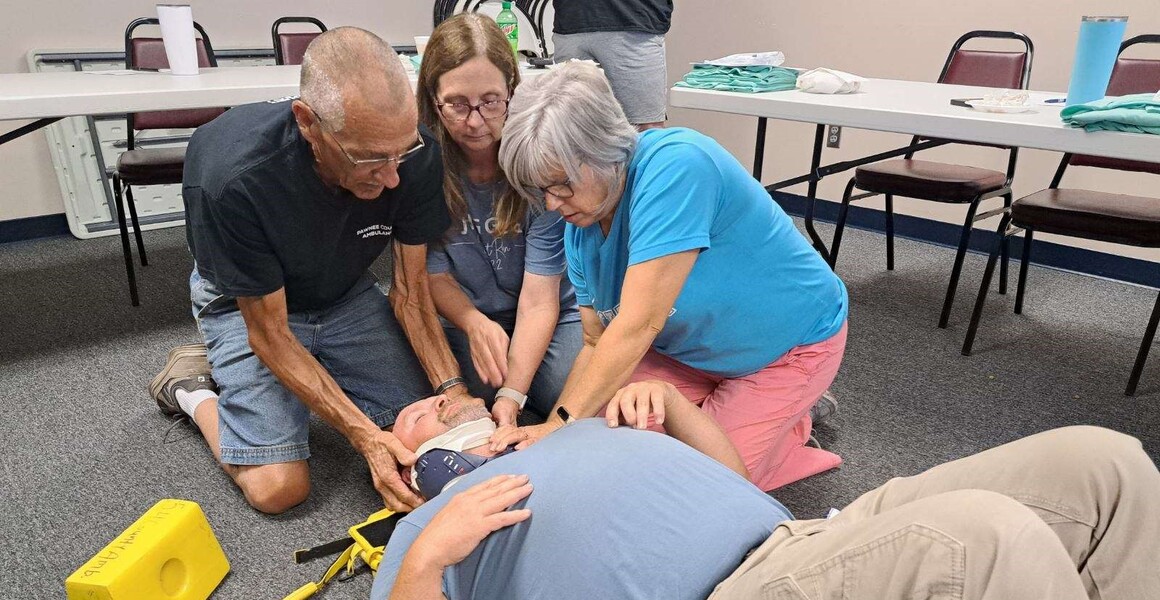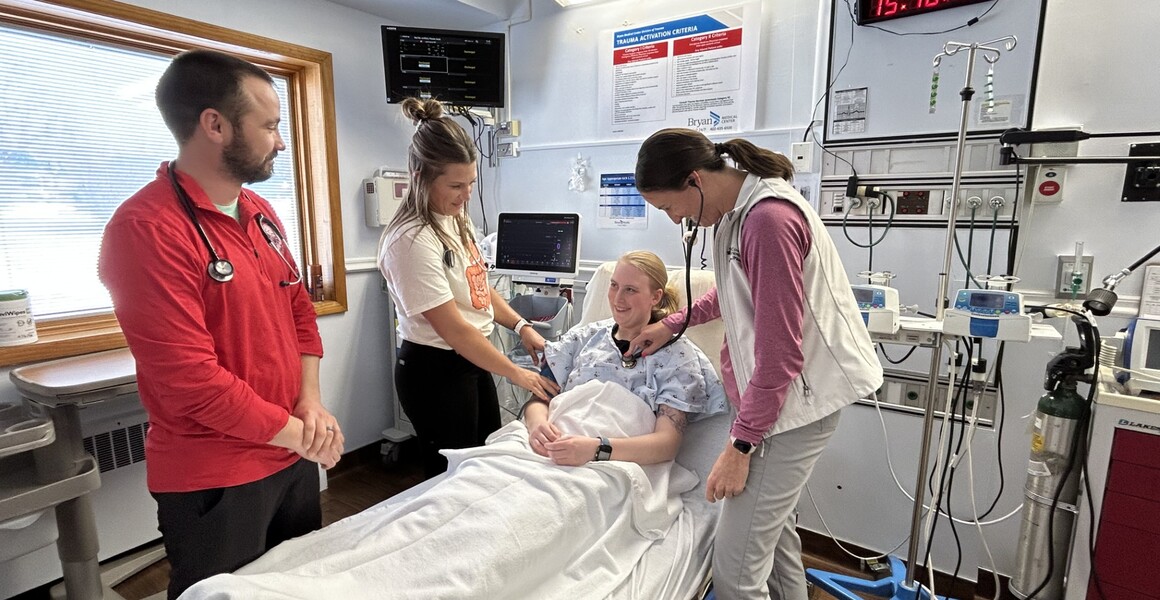Rhabdomyolysis
By Dr. Niss
Today I wanted to talk about a slightly different topic than we have been in recent weeks. The topic that I would like to discuss is rhabdomyolysis. This may be a subject that sounds completely foreign however it is a relatively common finding and can cause significant complications. Rhabdomyolysis in the simplest terms is a breakdown of muscle tissue causing kidney problems.
The most common time that rhabdomyolysis occurs is after a fall. Specifically, a fall when a person is lying still for several hours thereafter. When someone has fallen and then is lying on a hard surface for several hours this causes the muscle to start breaking down. The breakdown product then goes into the bloodstream and needs to be filtered out through the kidneys however the breakdown product is too large to filter through the kidneys efficiently and this causes a kidney injury. Sometimes this can cause a significant enough kidney injury that the kidneys will shut down completely. However most often it is mild and can be corrected with increase fluid intake whether that be drinking a lot of water or by receiving fluids through an IV.
Rhabdomyolysis can cause a lot of complications not just with the kidney function as we see above but also treatment for whatever may have caused the fall in the first place. If a person had a fall because of a heart condition or a stroke, poor functioning kidneys can lead to significant complications with treatment. Likewise, if a person has a fall because of an infection, many of the antibiotics that are used require the kidneys to be functioning at a certain level otherwise they can cause harm as well. Therefore, if there is dysfunction of the kidneys because of the rhabdomyolysis this could limit the ability to treat any infection that started the illness in the first place.
There is good treatment for rhabdomyolysis, however the vast majority of the time this needs to be done in a hospital setting. Especially when there is significant kidney damage. The treatment for this as stated above is increasing fluids. This may be drinking a lot of fluids but more often than not means needing IV fluid administration. This may be for several days until the filter portion of the kidneys is cleared well enough to start functioning again. Sometimes in severe cases dialysis is needed to help do the work that the kidneys are not able to do to allow them to recover.
What can you do to prevent rhabdomyolysis? In the unfortunate setting when there is a fall and a person cannot get up on their own it is very important to help get them up and to a soft seat or their bed if it is safe to do so. If not, then it is very important to call for assistance as soon as possible. It may very well be that the person just needs help getting up and has no significant injuries but if that was the case and they laid there for several hours they may end up needing to be hospitalized even though they have no other physical injuries. It is important to keep things like rhabdomyolysis on your mind when common things such as falls, or traumatic injuries occur. There are several other things that can cause rhabdomyolysis: trauma or crush injuries, extreme dehydration, seizure, and even extreme exertion such as a marathon runner. The best way to prevent rhabdomyolysis, other than avoiding the above common causes, is to stay well hydrated.

